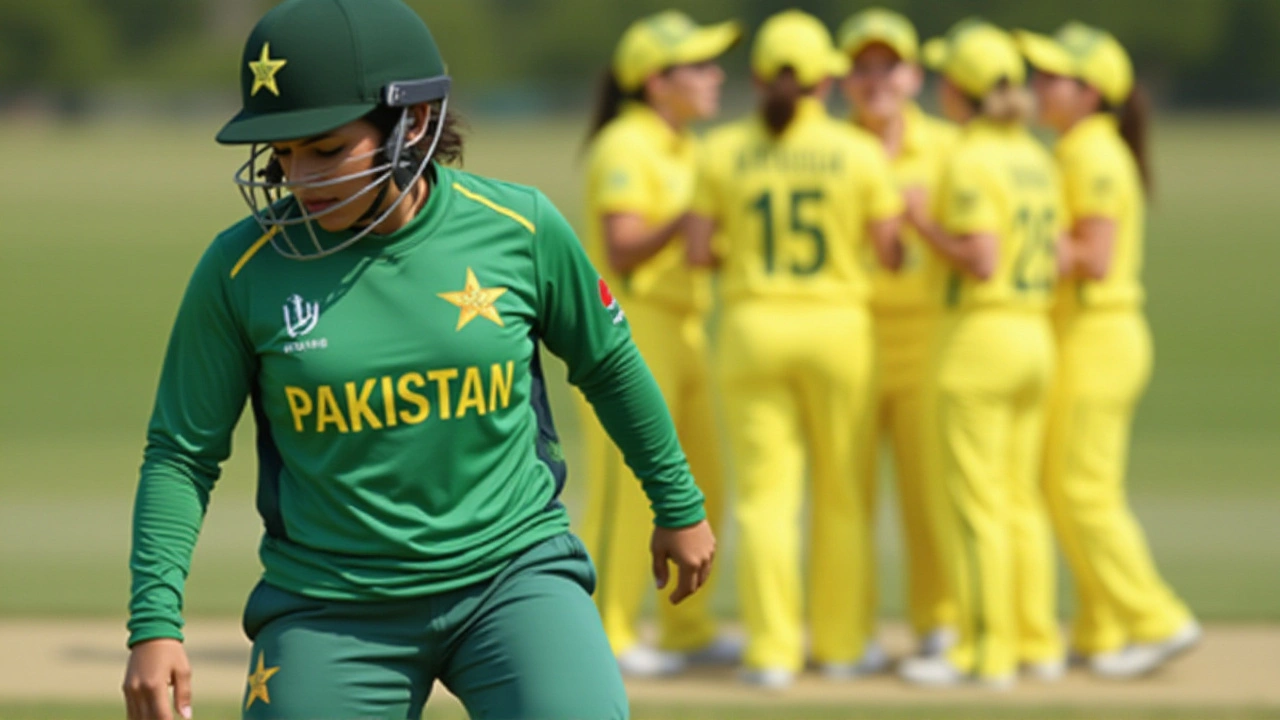ICC Women's World Cup
When following ICC Women's World Cup, the premier international tournament for women's national cricket teams, organized by the International Cricket Council (ICC). Also known as Women's Cricket World Cup, it brings together the sport's best talent every four years. The event blends fierce competition with national pride, and fans quickly spot the rising stars who could dominate the next decade.
The International Cricket Council, the global governing body for cricket defines the format, qualification pathways and the points system used during the group stage. Because the ICC sets the rules, the tournament consistently offers a level playing field, letting emerging teams chase big upsets against traditional powerhouses.
Why the ICC Women's World Cup matters
Women's cricket, the fast‑growing segment of the sport that now boasts professional leagues in several countries gains its biggest spotlight during the World Cup. Broadcast coverage on major sports channels and streaming platforms expands global viewership, turning casual viewers into dedicated fans. When the tournament lands in a host nation, a country that provides stadiums, crowds and local promotion, it fuels grassroots participation and drives investment in women's facilities.
Here are a few logical connections you’ll notice across the stories below: the ICC Women's World Cup encompasses top‑tier competition; it requires robust stadium infrastructure; broadcast deals influence global fan engagement; and strong domestic leagues feed talent into national squads. These relationships shape every headline, from squad announcements to match‑day analysis.
Fans also care about the numbers. Batting averages, strike rates, and bowling economies become talking points, and statisticians love to compare records across editions. Because the World Cup occurs every four years, each performance carries extra weight – a single half‑century can turn a player's career trajectory. That statistical depth appears in match previews, post‑match reviews and expert columns alike.
Beyond the field, the tournament sparks conversations about gender equity in sport. Sponsors are more willing to back women's teams when they see clear viewership spikes, and governing bodies use the event to launch development programs in emerging cricket nations. The ripple effect means more girls pick up a bat, more schools build pitches, and the talent pool widens for future World Cups.
Below you’ll find a curated mix of articles that cover everything from team preparations and player injuries to host‑city reviews and tactical breakdowns. Whether you’re tracking your favorite side, looking for betting insights, or just curious about how the tournament reshapes women's cricket, this collection gives you the context you need to stay ahead of the game.
Australia Women Rout Pakistan by 89 Runs in World Cup Thriller
Australia Women beat Pakistan by 89 runs at Colombo's R. Premadasa Stadium, boosting them to tournament leaders and highlighting key performances from Litchfield and Schutt.
More
